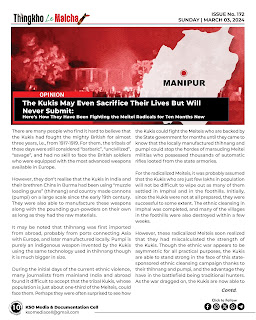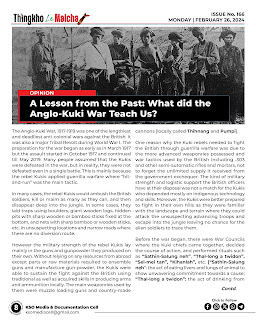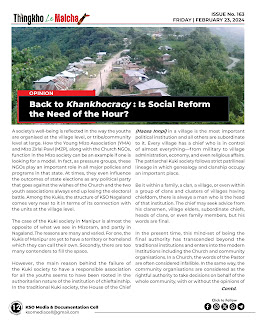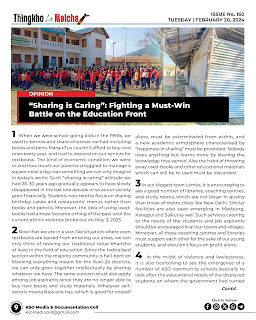The Kukis May Even Sacrifice Their Lives But Will Never Submit: Here’s How They Have Been Fighting the Meitei Radicals for Ten Months Now

There are many people who find it hard to believe that the Kukis had fought the mighty British for almost three years, i.e., from 1917-1919. For them, the tribals of those days were still considered “barbaric”, “uncivilized”, “savage”, and had no skill to face the British soldiers who were equipped with the most advanced weapons available in Europe. However, they didn’t realized that the Kukis in India and their brethren Chins in Burma had been using “muzzle loading guns” ( thihnang ) and country-made cannons ( pumpi ) on a large scale since the early 19 th century. They were also able to manufacture these weapons along with the pounding gunpowders on their own as long as they had the raw materials. It may be noted that thihnang was first imported from abroad, probably from ports connecting Asia with Europe, and later manufactured locally. Pumpi is purely an indigenous weapon invented by the Kukis using the same technology used in thihnang though it is much bigger in size...







